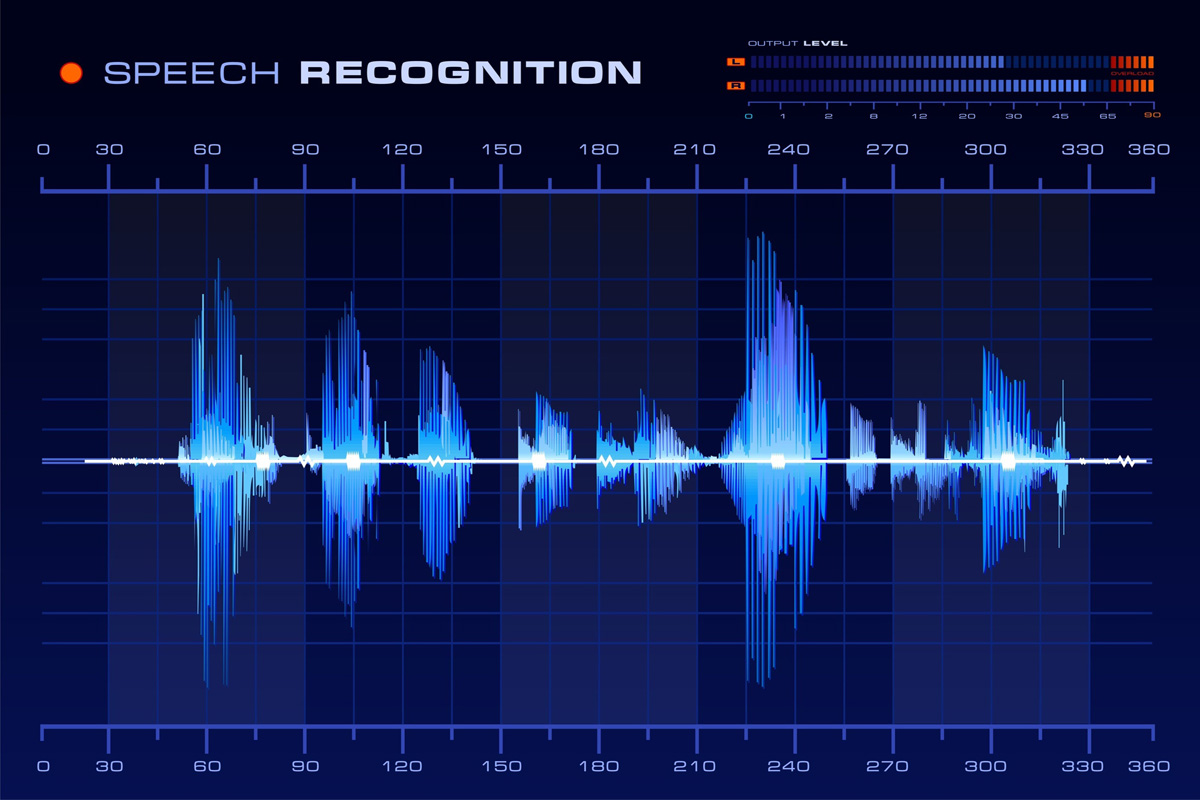Microsoft's speech recognition engine is as good as a person
The technology that powers Cortana has now achieved 'human parity'


Microsoft's speech recognition engine is now as good at recognising speech as a human, the company has claimed.
The tech giant has been working on its speech transcription systems, which are used in products like its digital assistant Cortana, with a goal of achieving 'human parity' the point at which an AI can interpret speech with same error rate as a real person.
"Today, I'm excited to announce that our research team reached that 5.1% error rate with our speech recognition system, a new industry milestone, substantially surpassing the accuracy we achieved last year," wrote Microsoft technical fellow Xuedong Huang in a blog post.
"Reaching human parity with an accuracy on par with humans has been a research goal for the last 25 years. Microsoft's willingness to invest in long-term research is now paying dividends for our customers in products and services such as Cortana, Presentation Translator, and Microsoft Cognitive Services. It's deeply gratifying to our research teams to see our work used by millions of people each day."
The company had previously measured a human error rate of 5.9%, but subsequent investigations by rival researchers at IBM measured a higher human error rate of 5.1%, achieving a rate of 5.5% with its own system.
Both systems are benchmarked against the Switchboard corpus, a dataset of recorded telephone conversations that speech research technologists have been using for over two decades to measure the capability of transcription systems.
Huang said that Microsoft managed to reach this milestone, which represents a 12% increase over the system's performance last year, by modifying the neural net-based language and acoustic models it uses, as well as by using the entire history of a conversation to allow the system to predict what the next word is likely to be by using context.
Get the ITPro daily newsletter
Sign up today and you will receive a free copy of our Future Focus 2025 report - the leading guidance on AI, cybersecurity and other IT challenges as per 700+ senior executives
The next focus for Microsoft's speech recognition research will be to improve the system's ability to recognise accented speech, dialects and conversations in noisy environments. The company will also work on improving its ability to understand the meaning and intent behind speech, saying: "Moving from recognizing to understanding speech is the next major frontier for speech technology."
Adam Shepherd has been a technology journalist since 2015, covering everything from cloud storage and security, to smartphones and servers. Over the course of his career, he’s seen the spread of 5G, the growing ubiquity of wireless devices, and the start of the connected revolution. He’s also been to more trade shows and technology conferences than he cares to count.
Adam is an avid follower of the latest hardware innovations, and he is never happier than when tinkering with complex network configurations, or exploring a new Linux distro. He was also previously a co-host on the ITPro Podcast, where he was often found ranting about his love of strange gadgets, his disdain for Windows Mobile, and everything in between.
You can find Adam tweeting about enterprise technology (or more often bad jokes) @AdamShepherUK.
-
 Should AI PCs be part of your next hardware refresh?
Should AI PCs be part of your next hardware refresh?AI PCs are fast becoming a business staple and a surefire way to future-proof your business
By Bobby Hellard Published
-
 Westcon-Comstor and Vectra AI launch brace of new channel initiatives
Westcon-Comstor and Vectra AI launch brace of new channel initiativesNews Westcon-Comstor and Vectra AI have announced the launch of two new channel growth initiatives focused on the managed security service provider (MSSP) space and AWS Marketplace.
By Daniel Todd Published